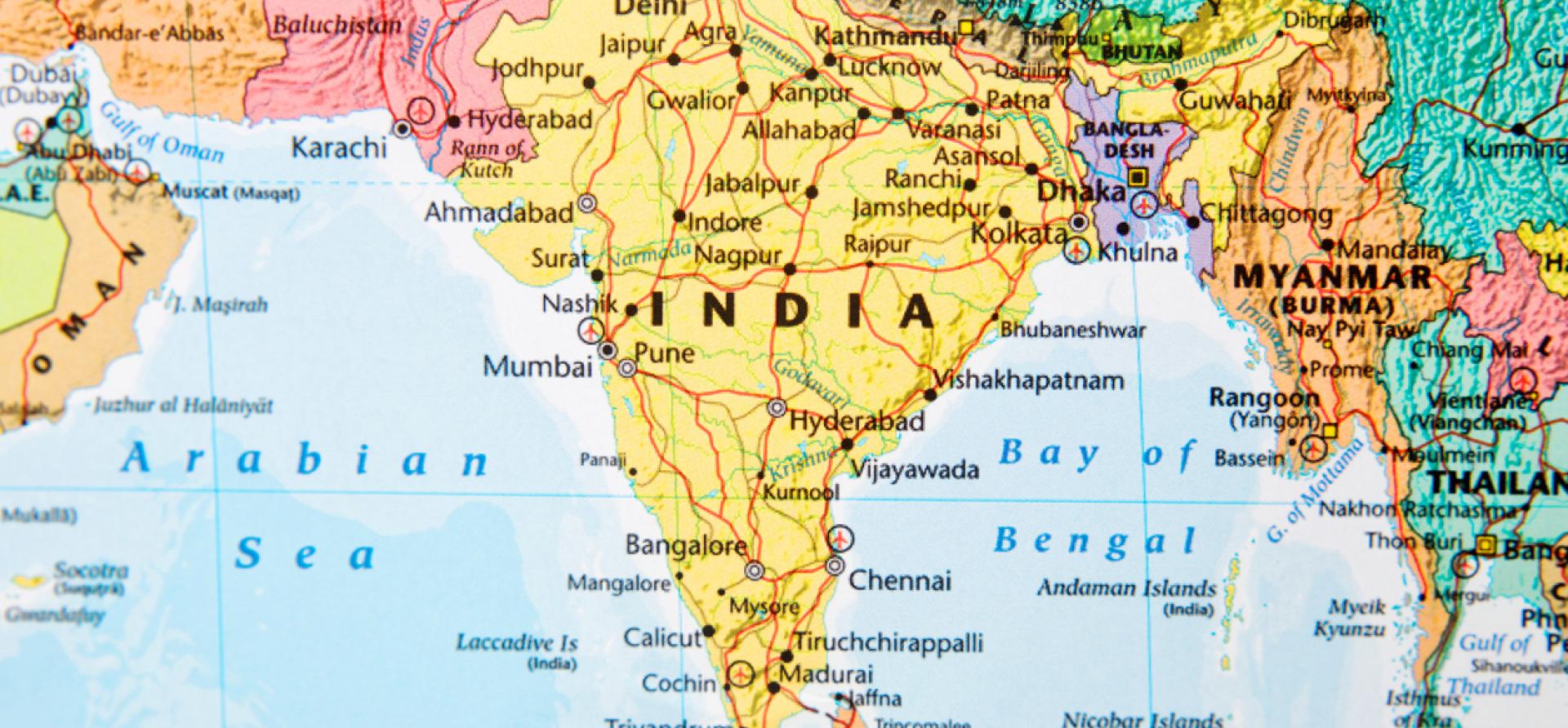IEEFA India: Electricity-Sector Transition Picks Up Speed

India’s latest electricity-sector report offers some striking insights into momentum around the country’s electricity-sector transformation. Thermal power plant utilization rates have collapsed to below 50 percent, the growth rate in new builds has halved, and renewable power generation is up 26 percent year on year, gaining six times faster than conventional power generation growth (4.5% year on year). India is aiming for 22 gigawatts per annum of renewable energy installs by 2019, up from 16 gigawatts this year.
Details:
- By halving installation rates in the first seven months of 2016/17 to 3.6 gigawatts —hardly the wave of new coal-fired power plants that coal spruikers have been promoting—fleet operators are being consistent with Energy Minister Piyush Goyal’s call for builders of new coal-fired power builders to postpone projects for the simple reason that they aren’t needed. Goyal is also looking to close end-of-life coal-fired power plants, given these are the ones that are the most polluting.
- The average private thermal power plant operated in India for just 48.9 percent of the time in the first seven months of 2016/17 (206.1TWh produced from 82.5 gigawatts of thermal capacity). The average plant load factor (PLF) was 59 percent, down 400 basis points from 63 percent in the previous corresponding period, but utilization rates were even lower—and set new record lows. This mirrors the trend evident now in China, where stranded coal-fired power generation capacity now exceeds 200 gigawatts and the government has called for a formal moratorium on coal-plant construction.
- The Indian government reported 7-8 percent national GDP growth, a number that seems inconsistent with data from the last four months to October 2016 that shows electricity supply grew by only 1.5 percent year over year. The devil is in the detail here. In the first seven months of 2016/17, conventional power generation was 684TWh, up 4.5 percent year on year. But renewables (excluding hydro) generation increased by 26.4, to 55TWh, growing at a rate six times faster than that of conventional power generation. Renewables in India account now for 8 percent of all generation (19 percent when hydro is included). So with overall electricity generation growth at 5.9 percent year on year, and with transmission and distribution losses declining, consumption is growing at a rate of something more like 7 percent year over year, in line with the reported 7-8 percent growth in GDP.
- India’s electricity system, 75 percent reliant on coal-fired power generation, is built on a wall of government subsidies for fossil fuels. The last reported average cost of supply, Rs5.15/kWh (including T&D losses of 24.6 percent in 2014/15), compares with an average Indian retail selling price of Rs4.00/kWh, meaning that every unit of electricity sold in India carries an average subsidy of 29 percent. The supposed logic for subsidizing DISCOMS, or the national distribution companies, so heavily is that such subsidies are needed to alleviate India’s horrific energy poverty. The poorest people of India aren’t grid-connected, however, so coal subsidies in truth support the middle class. It is not a scheme that serves as a solution to energy poverty. Goyal is moving to remove all subsidies for electricity in hopes of leveling the playing field. As soon as this is done, renewables will rise at a rate only hinted at so far. New renewables at Rs4-5/kWh are clearly below grid parity, and way below the cost of new imported-coal-fired power generation, which costs Rs6-7/kWh. Removing grid subsidies will also make distributed solar more cost competitive, and will drive achievement of Goyal’s 40-gigawatt rooftop solar target.
- The Ministry of New and Renewable Energy is aiming for 16 gigawatts of new renewable energy in 2016/17, and sees deployments rising to 20 gigawatts in 2017/18 and 22 gigawatts in 2018/19. While IEEFA views these as ambitious targets, we note nonetheless that renewables capacity growth will be double to triple the expected install rate of new thermal power across India for the rest of this decade. By stating a goal of having 225 gigawatt of renewables by 2021/22 rising to 350 gigawatt by 2030 the government is showing global leadership in electricity-system transformation.
- Goyal continues to see coal imports into India declining by 20 percent year over year in 2016/17, a forecast underpinned by the recent doubling of traded thermal coal prices to US$96/t (Newcastle 6,000kcal benchmark), which literally prices imports out of the market for the world’s No. 1 thermal coal importer. It’s of little surprise, then, that the forward price of thermal coal is down 20 percent month on month to US$65/t on the back of China’s reduction in its near-term domestic coal supply impediments.
- With Coal India Ltd having curtailed production growth over 2016/17 (down 0.1 percent April-October to 274Mt) in order to cut excess coal stockpiles, IEEFA expects a pickup in coal production both China and India over the next three to six months, once again putting the traded coal market into an oversupplied position just as export mines ramp up production.
Put another way, the effects of what’s happening in India and China will not stay in India and China.
Tim Buckley is IEEFA’s director of energy finance studies, Australasia
RELATED POSTS:
IEEFA Update: Developing Countries Are Disproportionately Driving Global Growth in Renewables
IEEFA Asia: A Better Way Forward for Electrification in Bangladesh
















